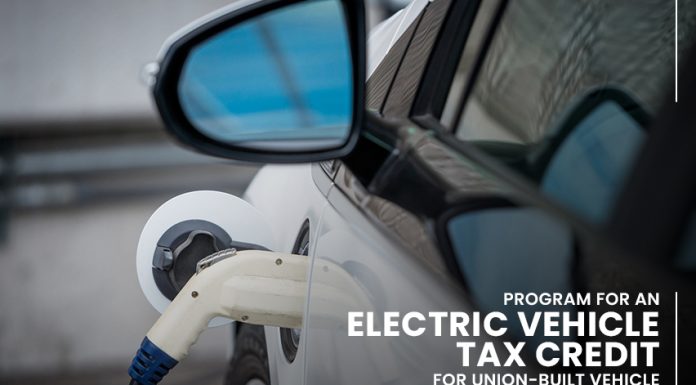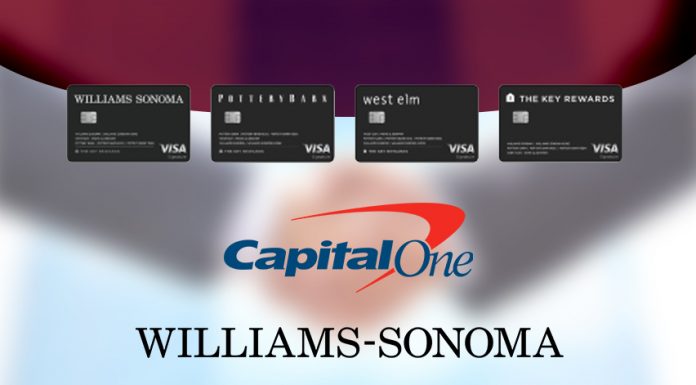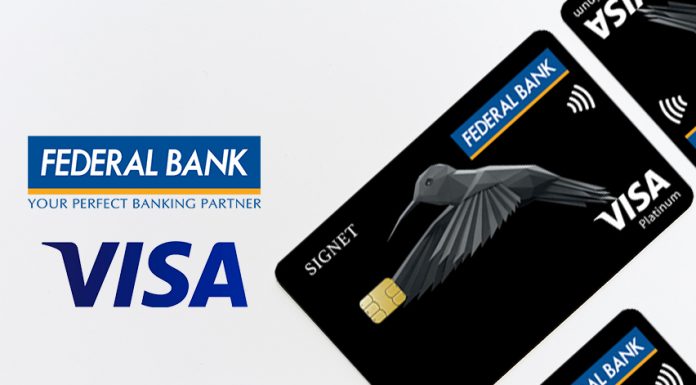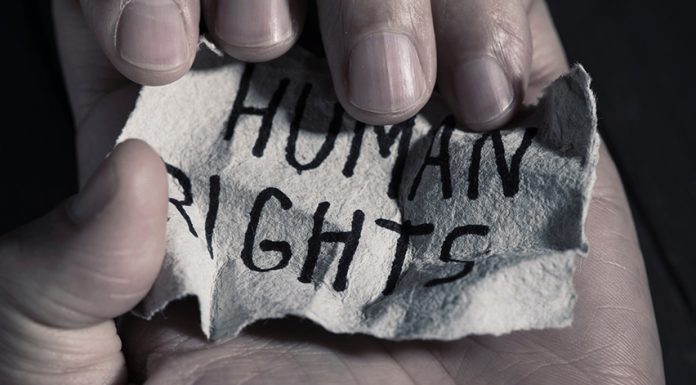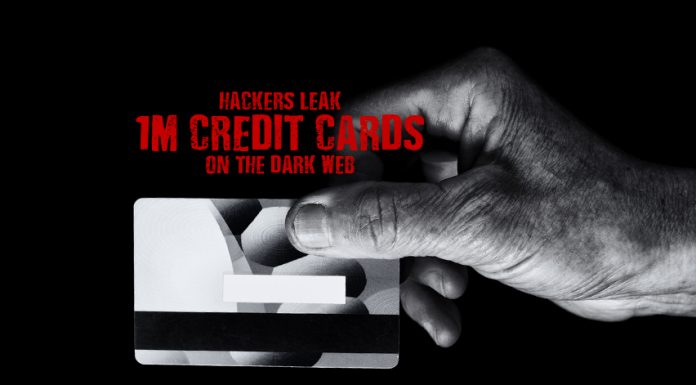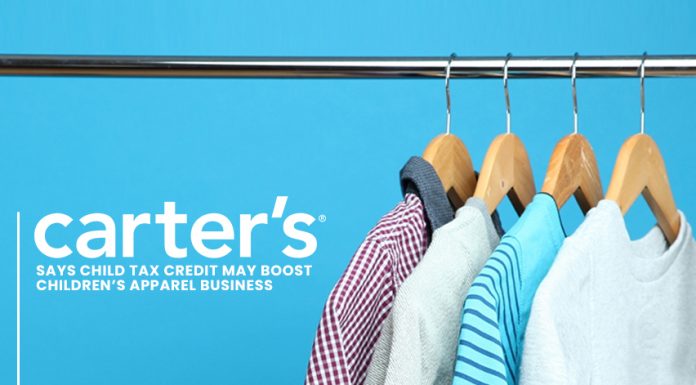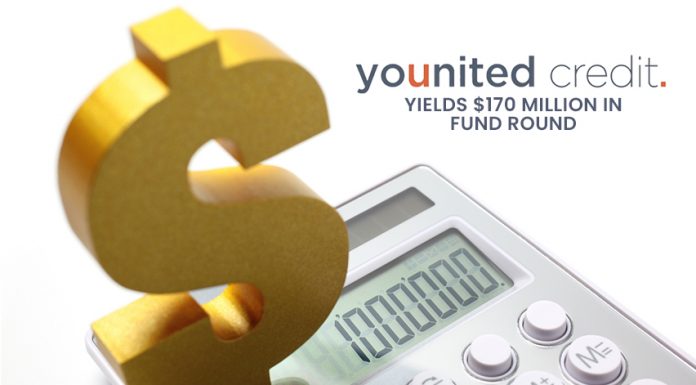Wells Fargo & Co. sparked a public outcry when it announced plans to phase down personal lines of credit in July, but the firm will reverse direction on August 18, 2021. Customers who have been using their personal credit lines have just received notice from the San Francisco-based lender that the funding channels will stay open.
People who haven’t used their accounts since October will be able to keep them open as well. In an email reviewed by Bloomberg, John Rasmussen, an executive vice president who heads Wells Fargo’s personal loan division, wrote to active clients, “Based on feedback from our consumers, we are altering our strategy.” “Your account’s conditions will not change.”
In an era when the vast majority of consumers choose other options, such as credit cards and personal loans, for rainy-day financing and big-ticket expenditures, Wells Fargo’s news last year that it had ceased accepting applications for personal credit lines went ignored.
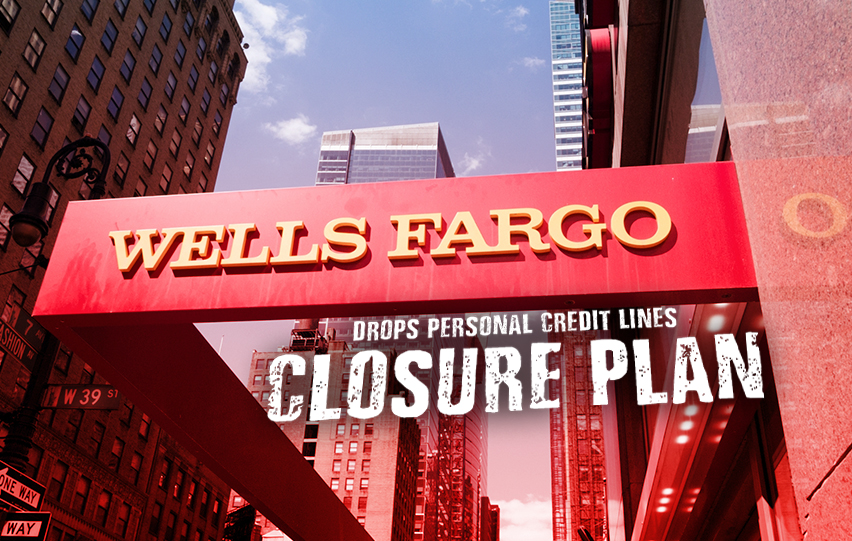
Borrowers took their concerns public last month when the bank designated the remainder of that company for liquidation and began contacting clients, eliciting further criticism from Capitol Hill.
One explanation is that limiting a customer’s available credit might damage their credit score. Senator Elizabeth Warren stated on Twitter at the time, “Not a single @WellsFargo consumer should see their credit score decrease just because their bank is reorganizing after years of frauds and ineptitude.” “Sending a written statement isn’t enough; Wells Fargo needs to fix this.”
According to reports, the bank is offering dormant credit-line clients until the end of November to either utilize their accounts or inform the lender that they wish to keep them open. Some account holders are still being notified by the company.
On July 2021, the bank announced that they’ll be shutting down all personal credit lines The ongoing credit lines, which generally allow users to borrow between $3,000 and $100,000, was marketed as a means to consolidate high-interest credit card debt, pay for home repairs, or avoid overdraft fees on connected bank accounts.

